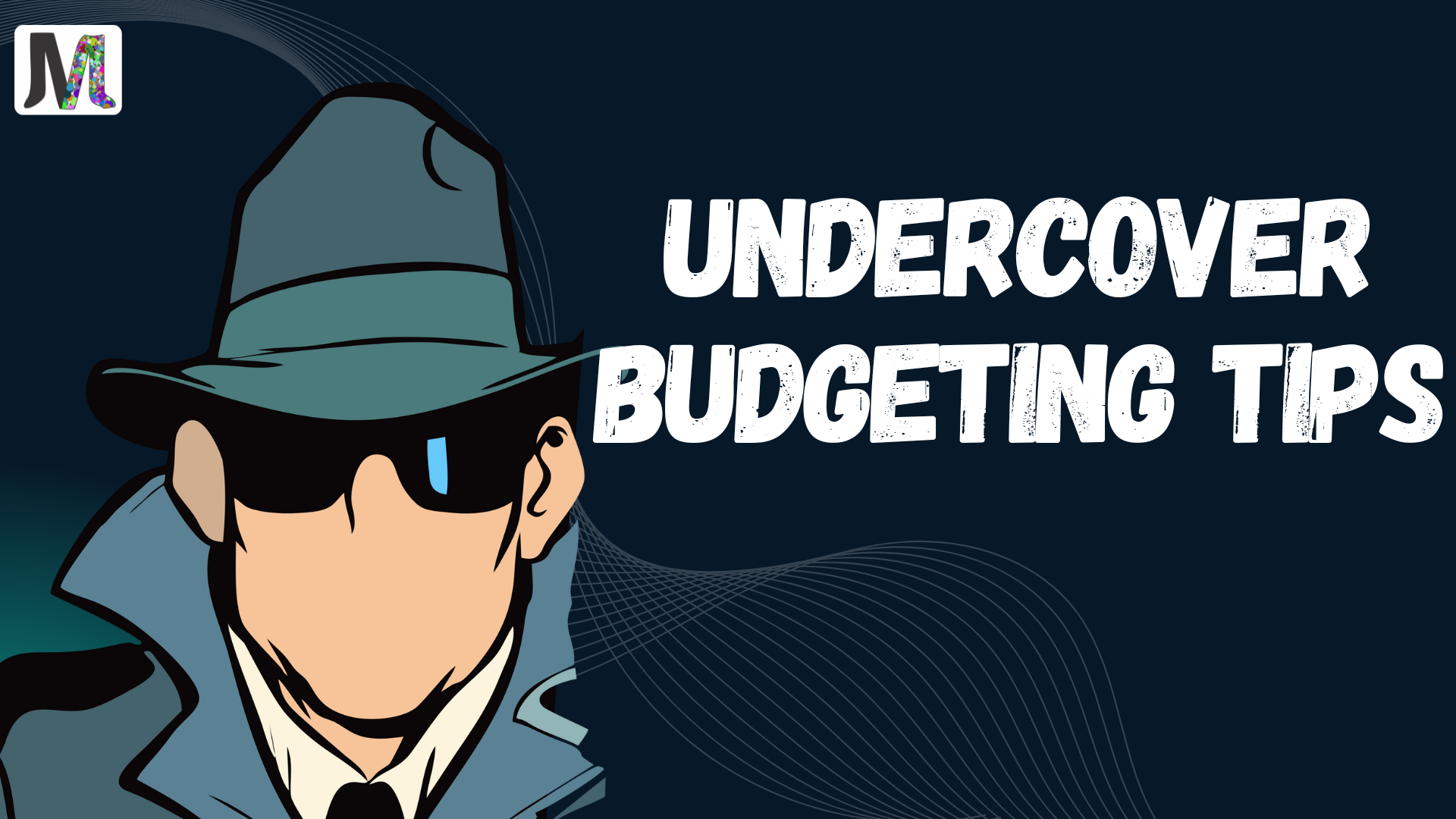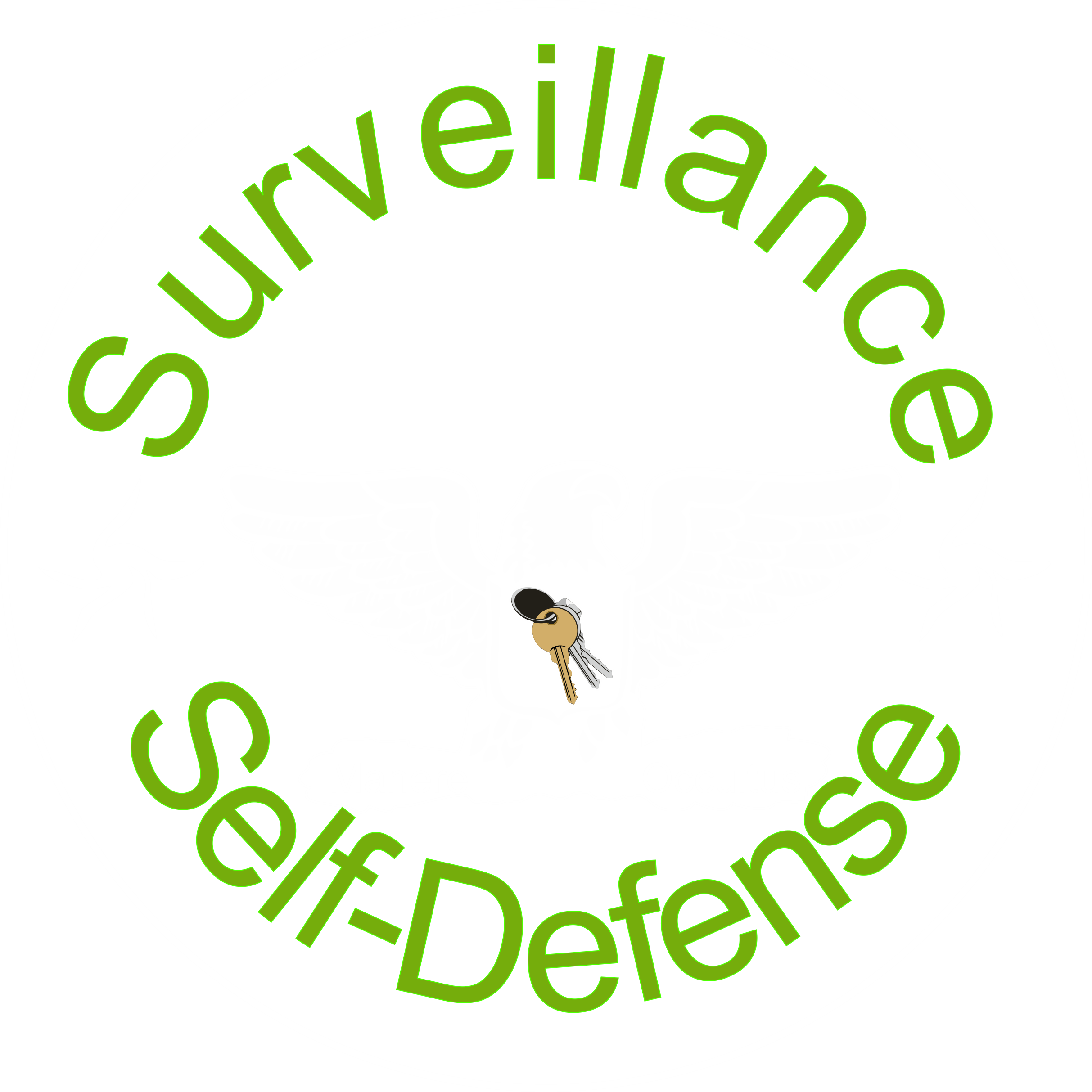How to Hide Your IP Address & Location Online
Introduction
Every time you connect to the internet, your device is assigned an IP address, which reveals your approximate location and identity to websites, advertisers, and potential hackers. If you value your privacy, hiding your IP address is crucial. This guide will show you effective methods to conceal your IP address and location online.
1. Use a Virtual Private Network (VPN)
A VPN routes your internet traffic through a secure server, masking your real IP address.
How to Choose a VPN:
- No-logs policy – Ensures that the provider does not store your browsing data.
- Strong encryption – Look for AES-256-bit encryption for maximum security.
- Multiple server locations – Provides more options for changing your virtual location.
- Fast and stable connection – Avoid slow speeds that may affect your browsing experience.
Recommended VPNs:
- NordVPN
- ExpressVPN
- ProtonVPN
- Mullvad VPN (for anonymity with cash payments)
2. Use Tor Browser
Tor (The Onion Router) anonymizes your internet connection by relaying it through multiple servers worldwide.
Steps to Use Tor:
- Download and install Tor Browser from torproject.org.
- Open the browser and connect to the Tor network.
- Browse anonymously with your IP address hidden.
Pros:
- Free and open-source
- Highly anonymous browsing
Cons:
- Slower speeds due to multiple encryption layers
- Some websites block Tor exit nodes
3. Use a Proxy Server
A proxy server acts as an intermediary between your device and the internet, hiding your real IP address.
Types of Proxies:
- HTTP Proxies – Suitable for web browsing.
- SOCKS5 Proxies – Works with various applications, including torrenting.
- Elite or Anonymous Proxies – Better at concealing identity.
Best Practices:
- Use paid proxy services for better security and reliability.
- Avoid free proxies, as they may log and sell your data.
4. Use Public Wi-Fi (With Caution)
Connecting to a public Wi-Fi network temporarily assigns you a different IP address.
Risks:
- Public networks can be monitored by hackers.
- Your data may be exposed if not encrypted.
How to Stay Safe on Public Wi-Fi:
- Always use a VPN when connected to public Wi-Fi.
- Avoid logging into sensitive accounts.
- Turn off file sharing and enable firewall protection.
5. Use a Mobile Network
If you need a temporary IP address change, switching to a mobile network’s data connection can help.
How to Do It:
- Disconnect from Wi-Fi and use mobile data.
- Enable airplane mode, wait a few seconds, and disable it to get a new IP.
Limitations:
- Mobile carriers still track your browsing activity.
- Not as secure as a VPN.
6. Configure a Smart DNS
A Smart DNS changes your DNS settings to make it appear as if you are browsing from a different location.
Pros:
- Faster than a VPN (no encryption overhead).
- Works well for accessing geo-blocked content.
Cons:
- Does not hide your actual IP address.
- Less secure than a VPN or Tor.
7. Use a Privacy-Focused DNS Service
Your DNS requests can reveal your location even if you mask your IP. Use a secure DNS provider:
- Cloudflare DNS (1.1.1.1)
- Quad9 (9.9.9.9)
- Google DNS (8.8.8.8) (less private but faster)
How to Change Your DNS:
- Open network settings on your device.
- Manually enter one of the above DNS addresses.
- Restart your connection.
8. Avoid WebRTC Leaks
WebRTC (Web Real-Time Communication) can expose your real IP address even when using a VPN.
How to Disable WebRTC:
- Firefox: Type
about:configin the address bar, search formedia.peerconnection.enabled, and set it to false. - Chrome: Install the WebRTC Network Limiter extension.
- Edge: Go to
edge://flagsand disable WebRTC.
9. Use Anonymous Browsers & Search Engines
Even if your IP is hidden, your browser and search engine can track you.
Anonymous Browsers:
- Tor Browser
- Brave Browser (with privacy settings enabled)
Private Search Engines:
- DuckDuckGo
- Startpage
- Searx
10. Use Cryptocurrency for Payments
If purchasing a VPN or proxy, avoid using credit cards linked to your identity.
Privacy-Focused Cryptocurrencies:
- Monero (XMR) – Highly anonymous.
- Zcash (ZEC) – Offers shielded transactions.
- Bitcoin (BTC) – Use mixing services for added privacy.
Conclusion
Hiding your IP address and location online is crucial for privacy and security. Combining multiple techniques—such as using a VPN, Tor, and privacy-focused browsers—provides the best protection. Stay vigilant, update your security practices regularly, and browse the internet without revealing your digital identity.






